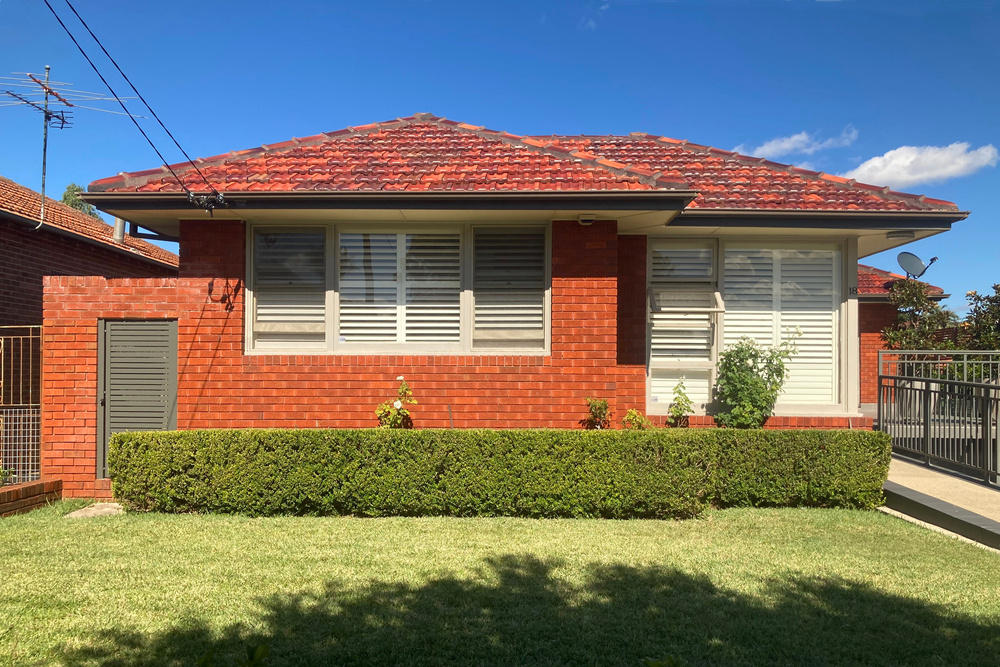
Aug
7 Common Types of Roof Insulation and Their Features
Roof insulation is one of the most effective ways to improve comfort and energy efficiency in your home. Through slowing down heat transfer, insulation helps keep your home cool in summer and warm in winter, reducing reliance on air conditioning and heating.
The effectiveness of insulation is measured by its R-value; the higher the R-value, the greater the material’s resistance to heat flow. Choosing the right roof insulation depends on climate, budget, and long-term energy goals.
With that in mind, let’s look at the seven most common types of roof insulation materials, their features, and how they compare side by side.
1. Fibreglass Batts
Fibreglass batts are one of the most popular roof insulation materials in Australia thanks to their affordability and effectiveness. They’re lightweight, fire-resistant, and offer R-values between R2.0 and R6.0, providing reliable thermal performance. While DIY-friendly, protective clothing and masks are essential as glass fibres can irritate the skin and lungs. They’re a solid choice for homeowners on a budget who want a straightforward solution.
2. Polyester Batts
Made from recycled plastics, polyester batts are safe, durable, and free from the itchiness associated with fibreglass. Their R-values also range from R2.0 to R6.0, giving comparable performance with a cleaner handling experience. Although slightly more expensive, they’re still affordable and easy to install without special gear. These batts are ideal for families concerned about indoor air quality or allergens.
3. Reflective Foil Insulation
Reflective foil, also known as sarking, works by reflecting radiant heat away from the home rather than trapping it. It’s especially effective in hot, sunny climates like Brisbane when paired with bulk insulation. While relatively inexpensive, it’s usually installed under roof sheeting during construction and is best handled by professional roof insulation installers. This makes it a strong choice for homes battling harsh summer heat.
4. Spray Foam Insulation
Spray foam insulation is a high-performance option that expands on application to seal gaps and create an airtight barrier. With R-values reaching R7.0 or more, it delivers exceptional energy efficiency and soundproofing. The downside is its high cost and the fact it requires professional installation with specialised equipment. This option suits homeowners focused on maximum efficiency and long-term savings.
5. Rigid Foam Boards
Rigid foam boards are made from materials like polystyrene or polyurethane and offer excellent thermal resistance in a compact form. They provide higher R-values for their thickness compared to batts and are also moisture-resistant. While installation requires precise cutting and fitting, they’re versatile for both new builds and renovations. They’re particularly useful in homes where roof space is limited.
6. Cellulose Fibre Insulation
Cellulose fibre insulation, made from recycled paper treated with fire retardants, is blown into roof cavities to fill gaps effectively. It provides good thermal performance and is especially handy for older homes with irregular cavities. Installation requires specialised equipment, so it’s a job for professional roof insulation services rather than DIY. This makes it a flexible choice for topping up or retrofitting insulation in Brisbane’s older housing stock.
7. Sheep's Wool Insulation
Sheep’s wool is a natural, renewable material that not only insulates well but also helps regulate humidity. Its R-values sit between R2.0 and R5.0, similar to polyester and fibreglass, but it’s a premium eco-friendly option. While more expensive, it’s safe to handle and relatively easy to install. This insulation is best for homeowners who value sustainability and natural materials.
Comparison Table: Types of Roof Insulation
|
Insulation Type |
Cost |
DIY-Friendly |
Installation Needs |
Best For |
Sustainability |
|
Fibreglass Batts |
Low |
Yes (with PPE) |
Fit between joists |
Budget homes, general use |
Recyclable, synthetic |
|
Polyester Batts |
Medium |
Yes |
Fit between joists |
Families, allergy-conscious households |
Recycled material |
|
Reflective Foil |
Low–Medium |
No |
Installed under sheeting |
Hot climates |
Often recyclable |
|
Spray Foam |
High |
No |
Professional only |
High performance, airtight sealing |
Limited recyclability |
|
Rigid Foam Boards |
Medium–High |
Limited |
Cut and fitted precisely |
Tight spaces, moisture resistance |
Some recyclable options |
|
Loose-Fill Cellulose |
Medium |
No |
Blown in by professionals |
Older homes, retrofit projects |
High recycled content |
|
Sheep’s Wool |
High |
Yes |
Simple to cut and place |
Eco-conscious and sustainable builds |
100% renewable |
Making the Right Choice
The best roof insulation depends on your climate, home design, and values. In hot areas like Brisbane, reflective foil combined with batts or spray foam can make a big difference to comfort and energy bills. In cooler climates, bulk options like fibreglass, polyester, or wool batts provide excellent thermal resistance. For those focused on sustainability, wool or polyester insulation offers eco-friendly benefits.
Professional roof insulation installers in Brisbane and across Australia can assess your roof space, recommend the right combination of materials, and ensure proper installation. Done well, insulation is an investment that pays off for decades in comfort and savings.
Final Thoughts
Roof insulation isn’t one-size-fits-all. Through comparing the different types of roof insulation, understanding their features, and considering both cost and performance, you can make a choice that boosts comfort, lowers bills, and adds value to your home.
Considering an upgrade? Explore our professional roof insulation services available in Brisbane, and talk to our friendly team for advice on the right option for your roof.



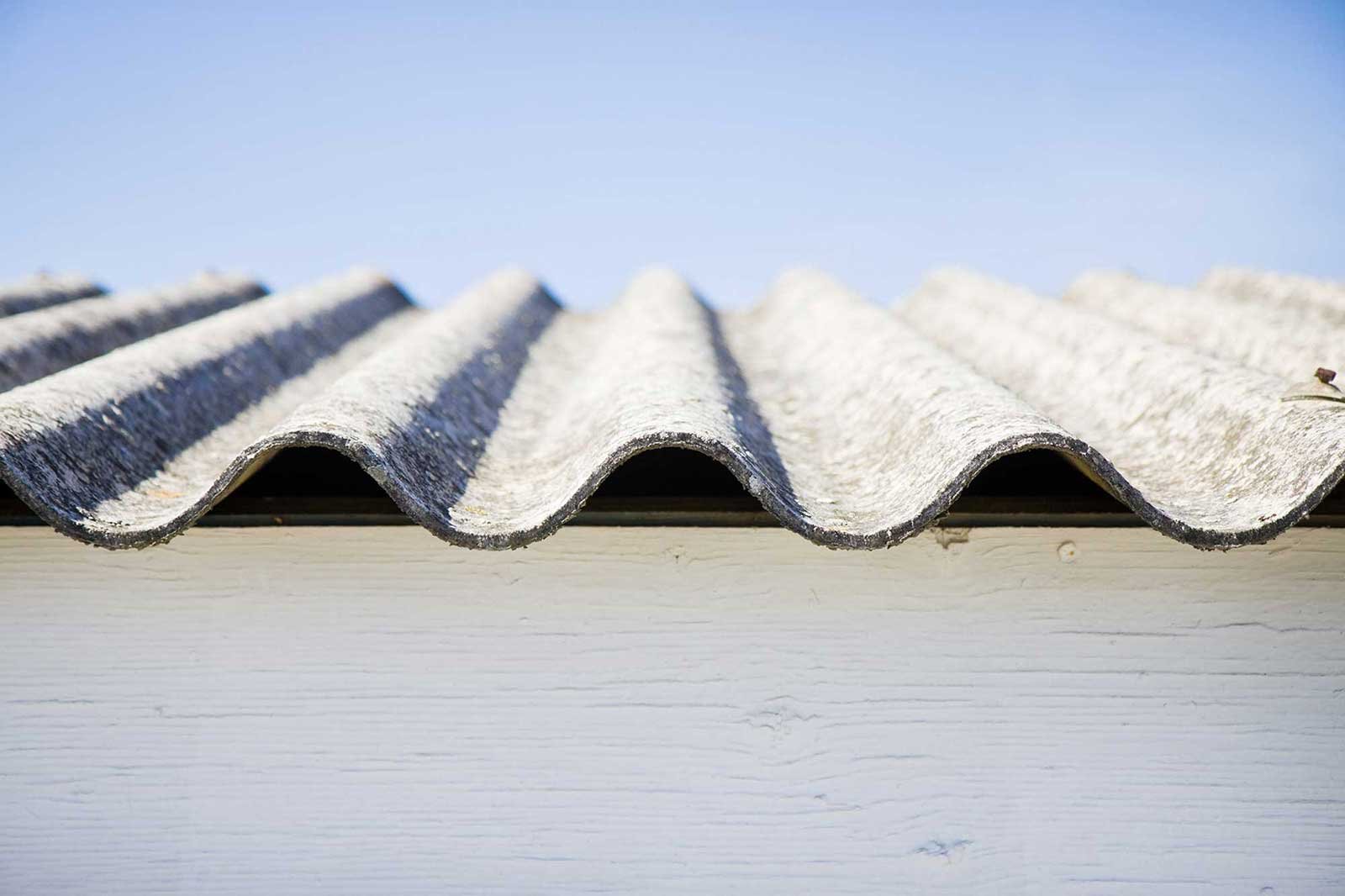




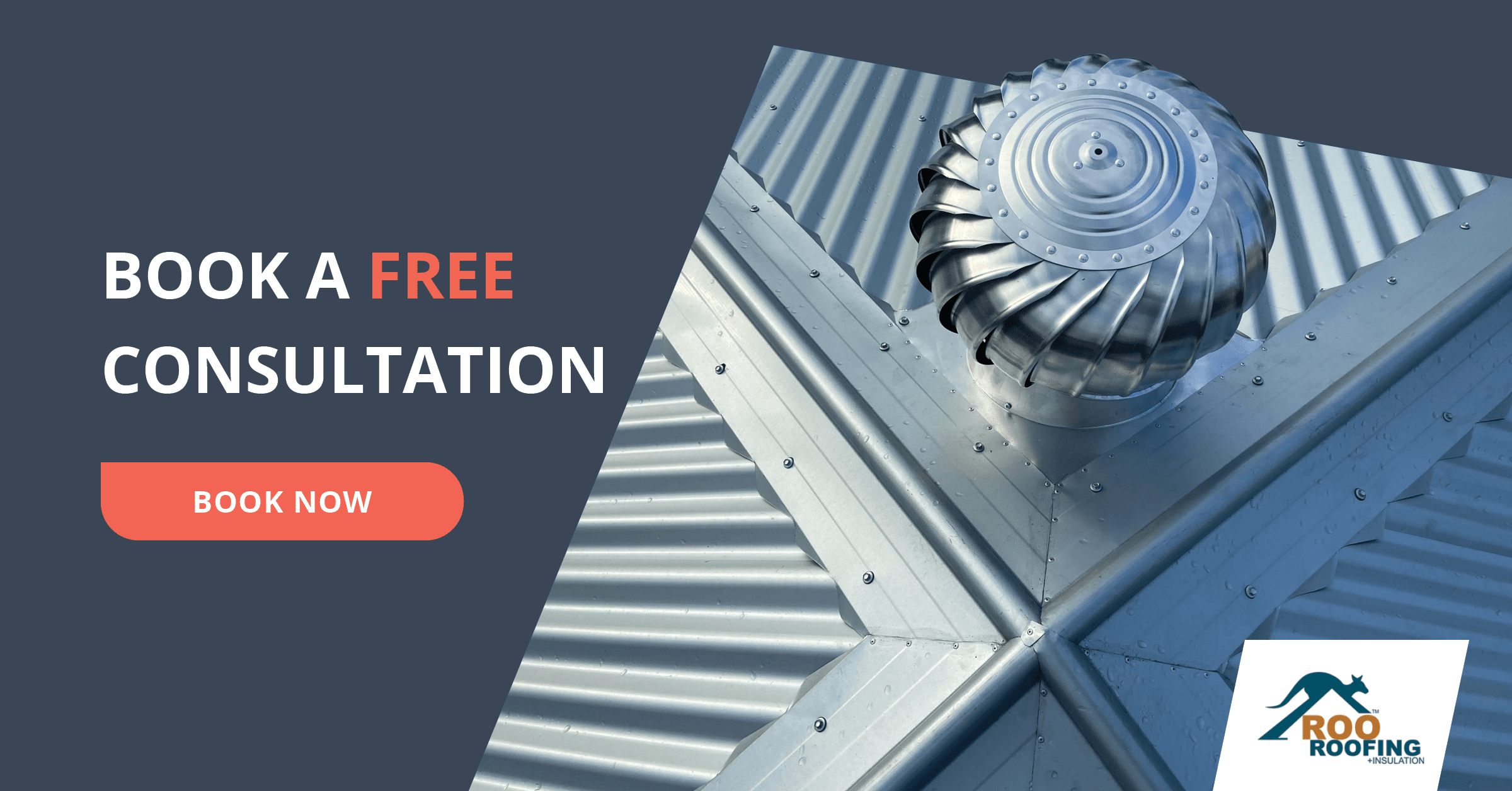
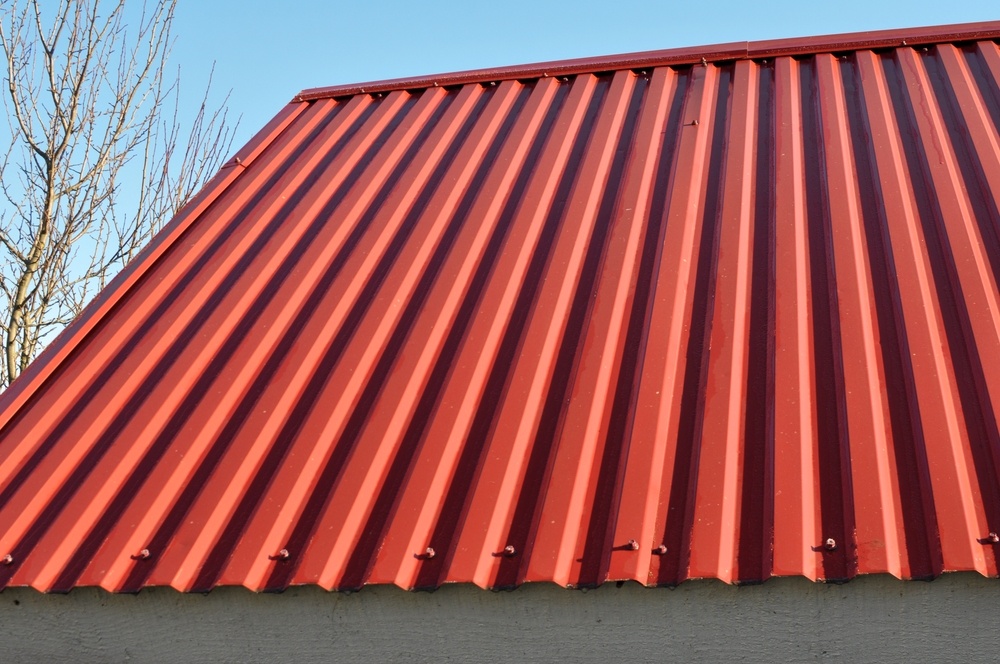
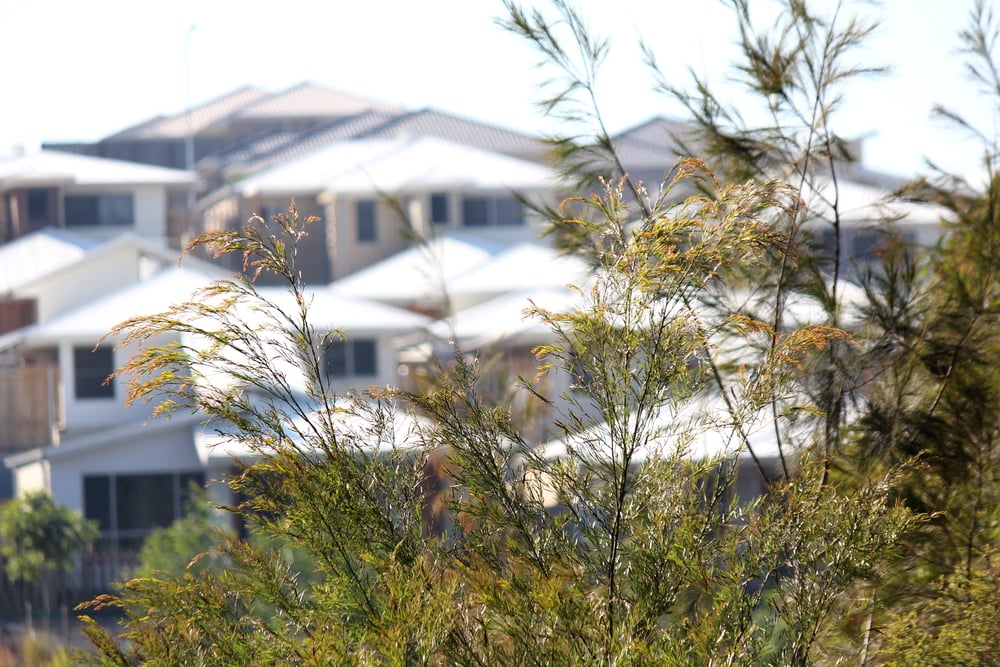

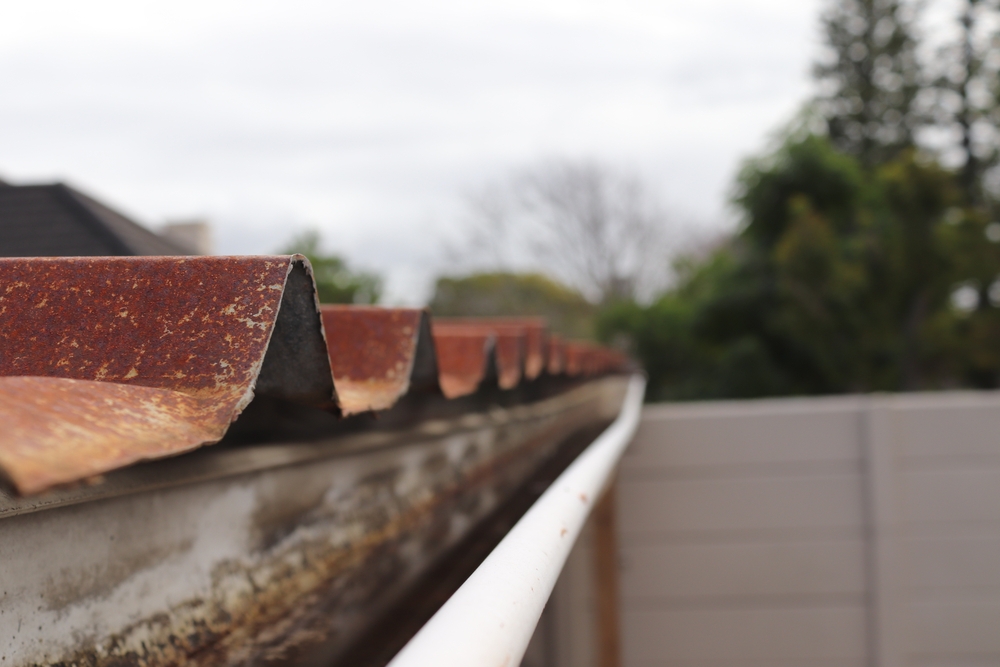
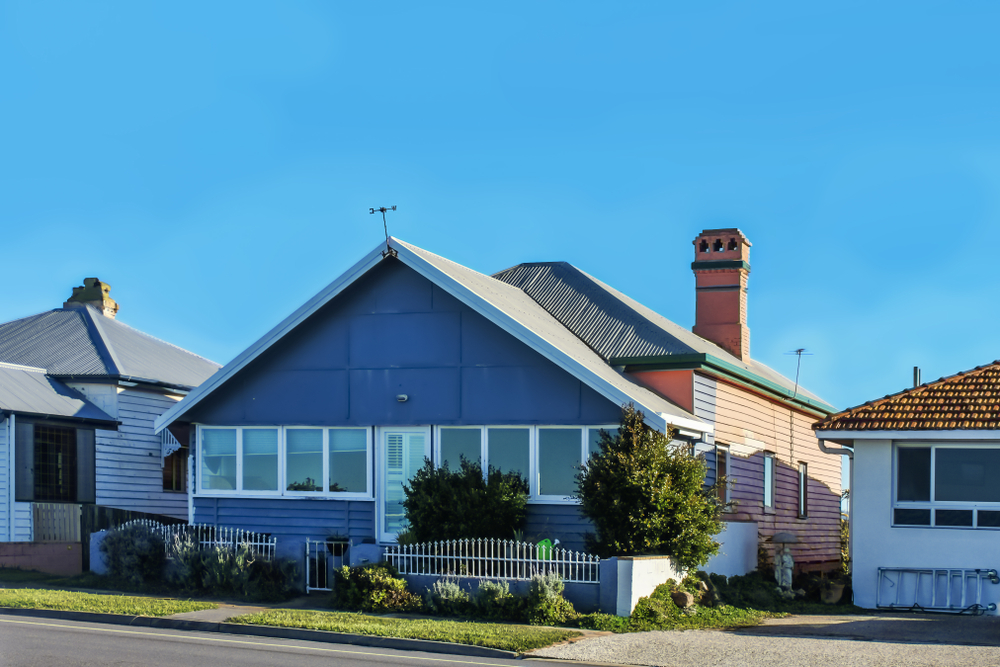

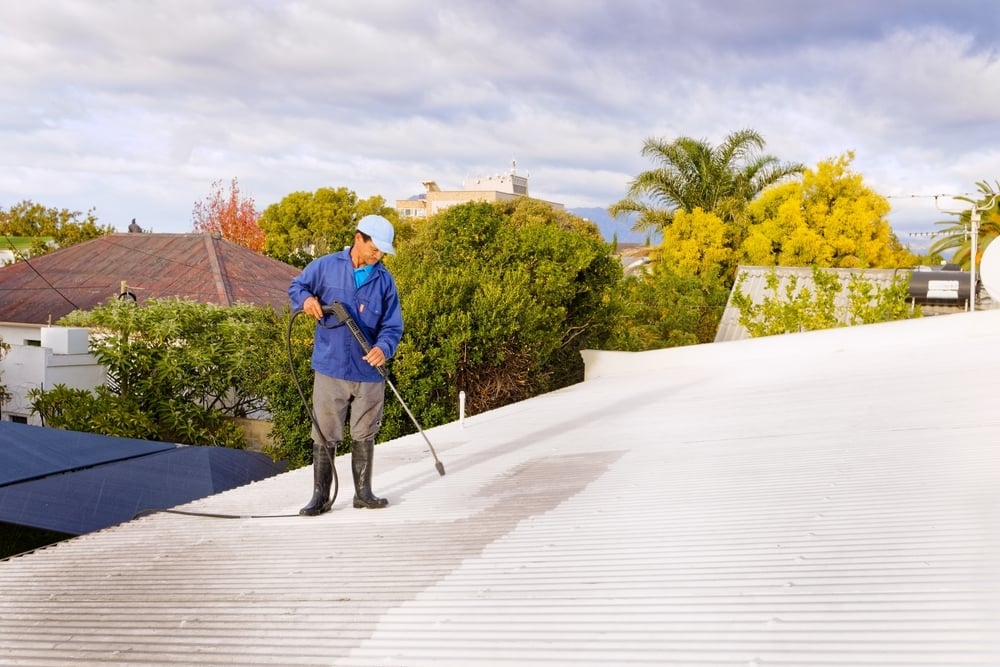
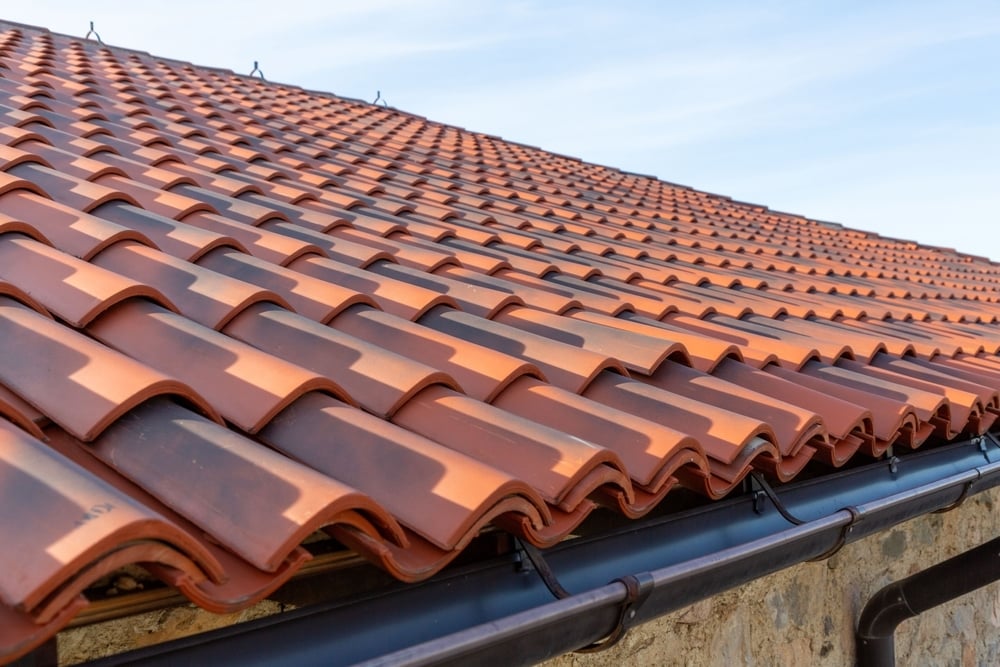
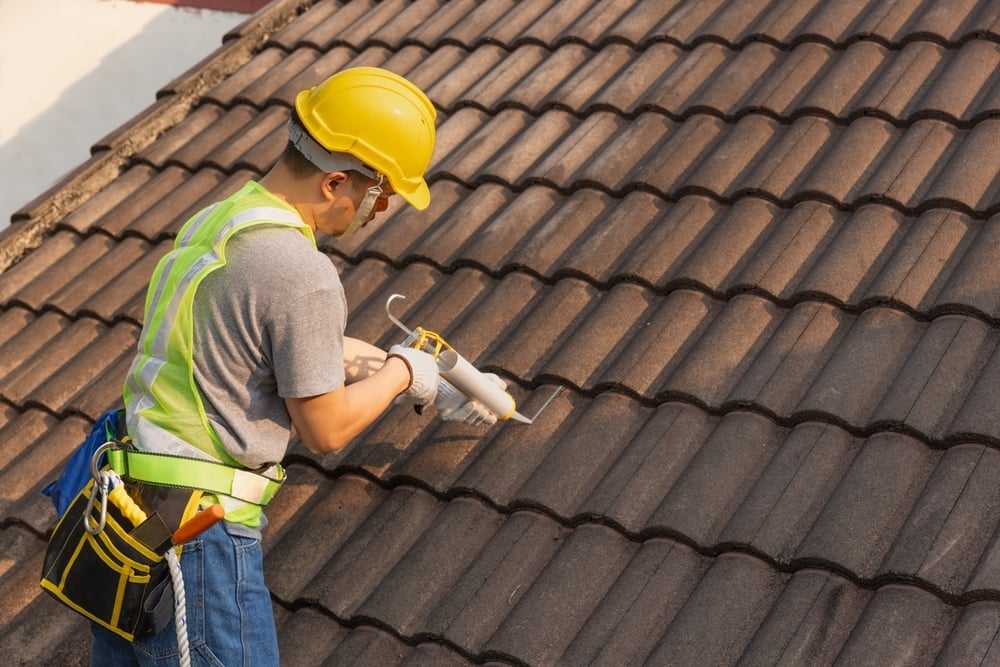
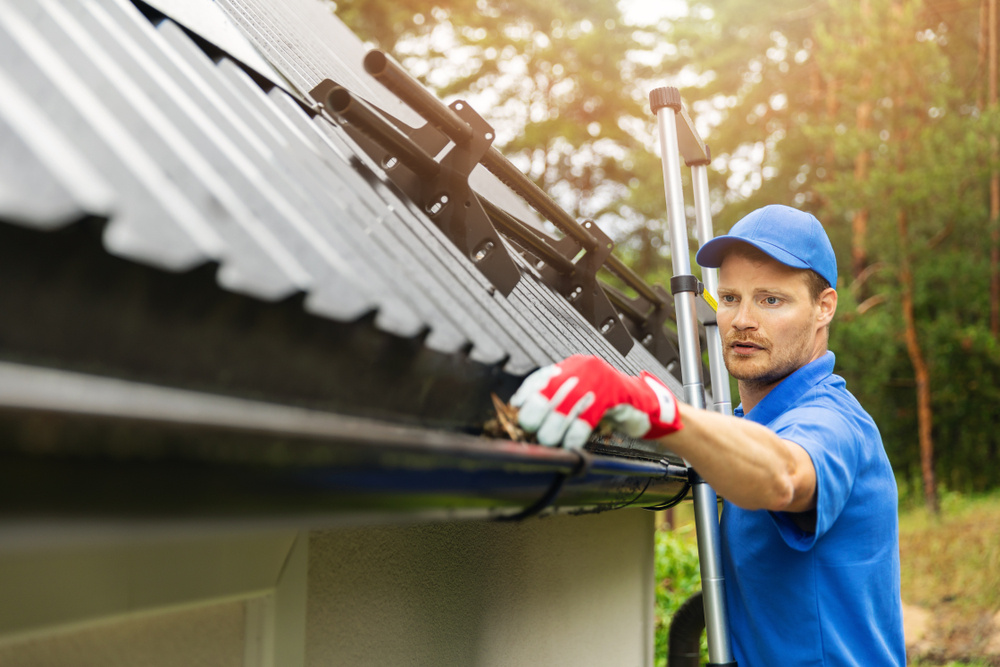

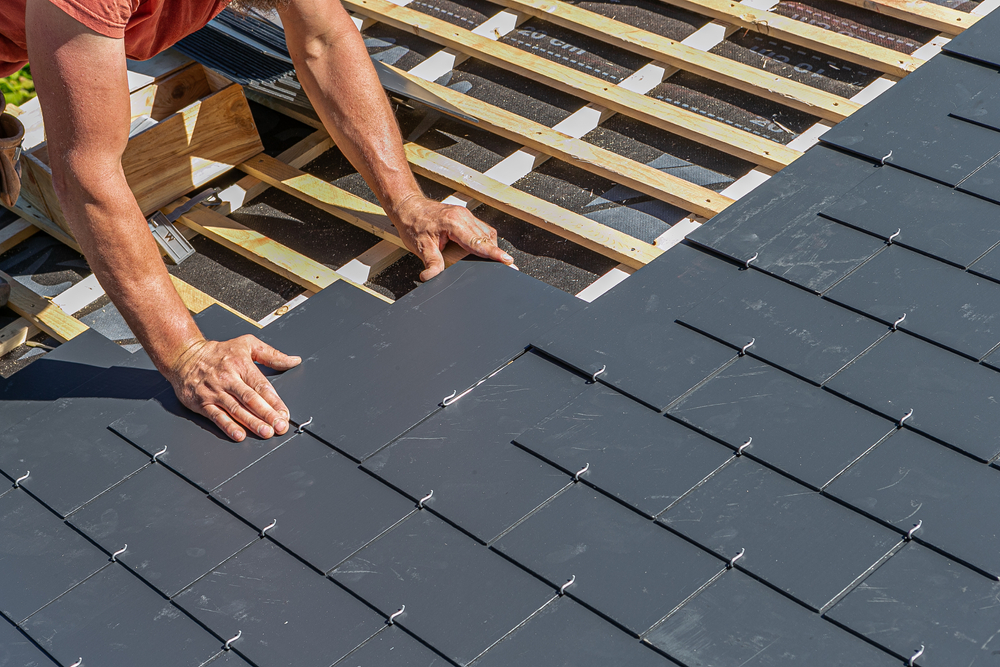
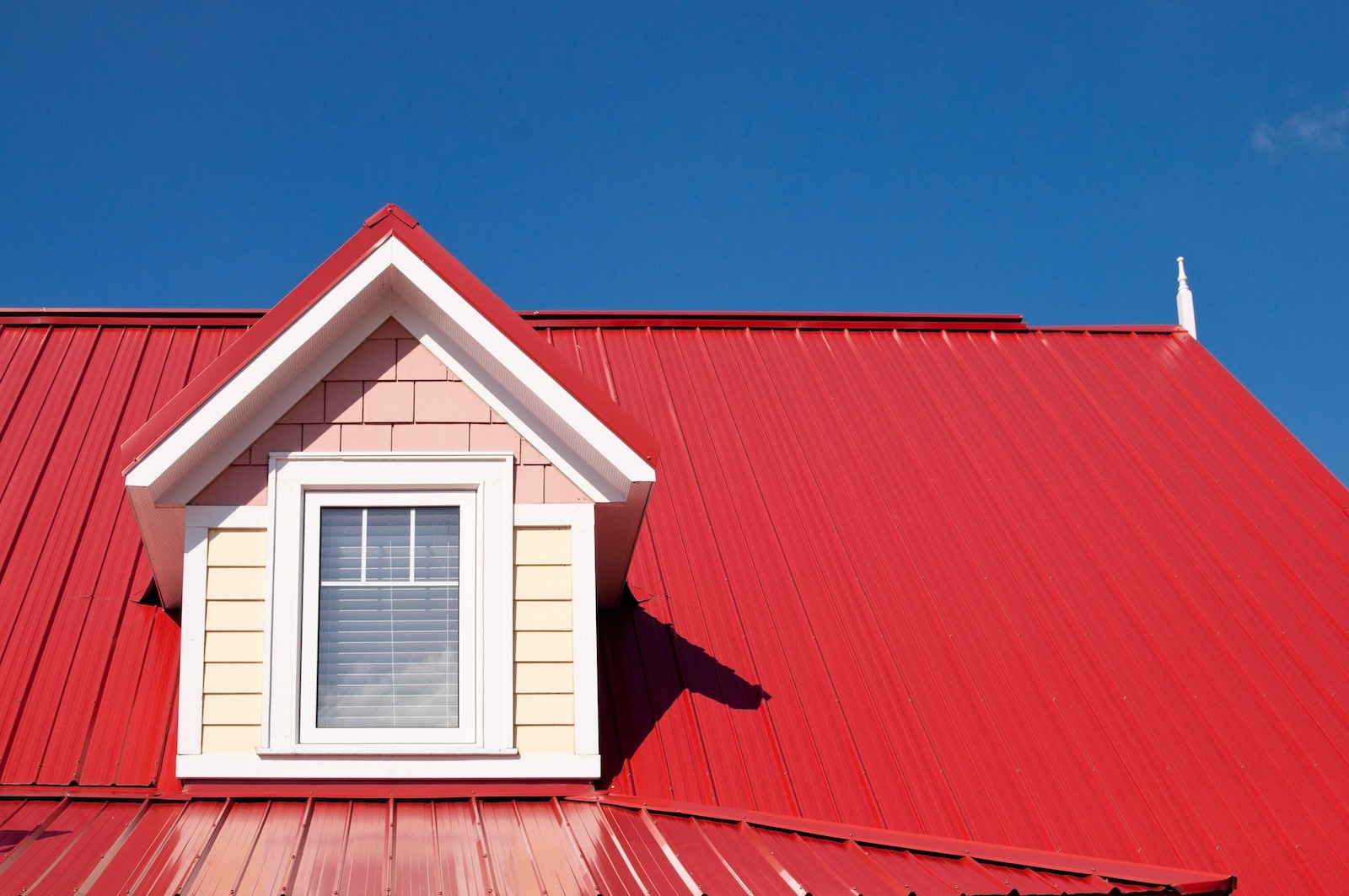
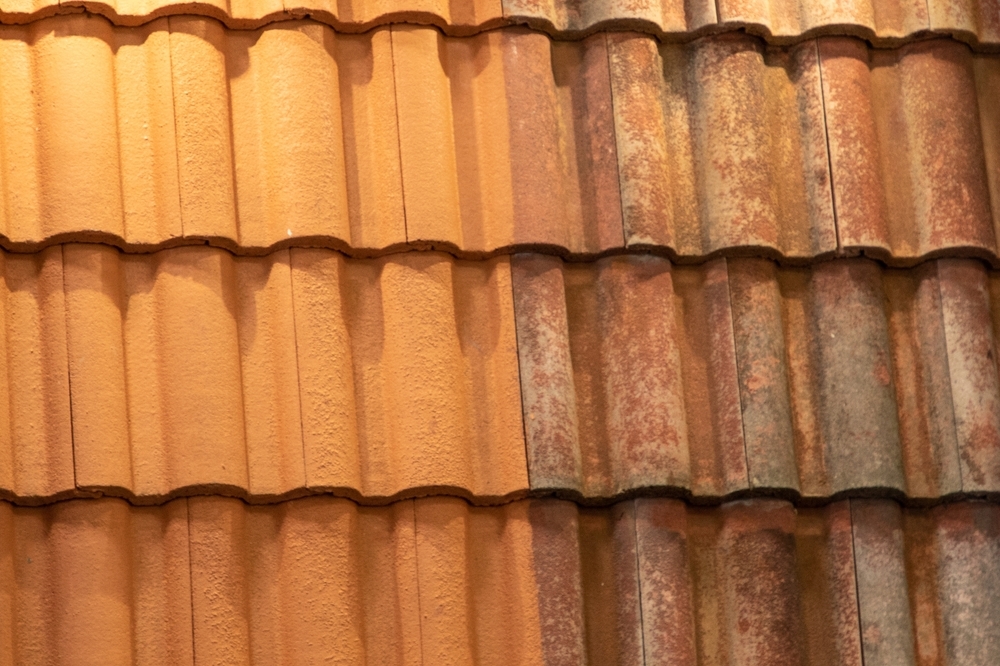
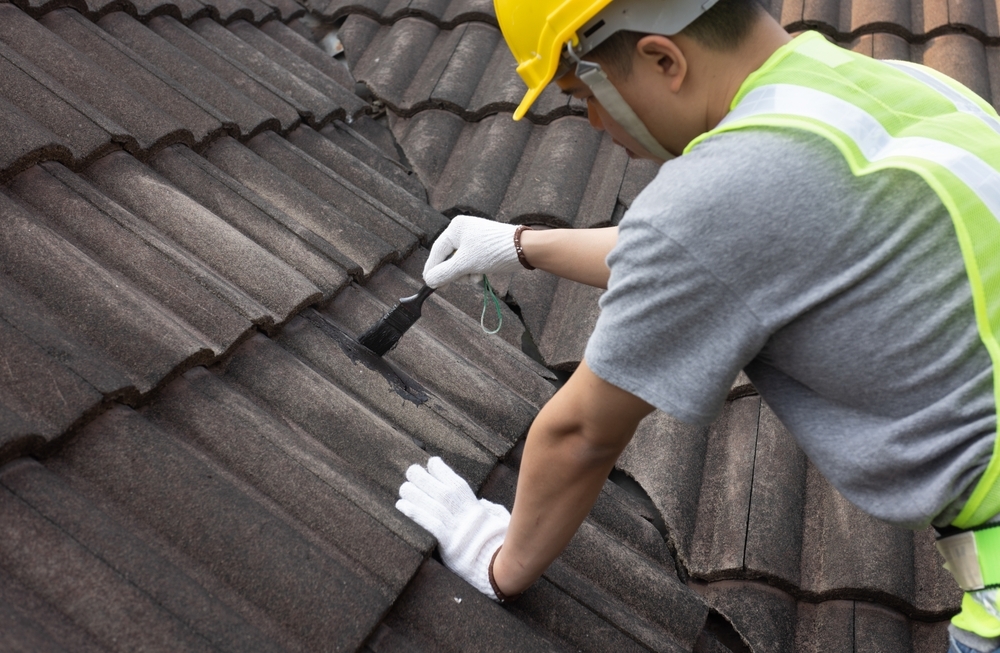
.jpg)
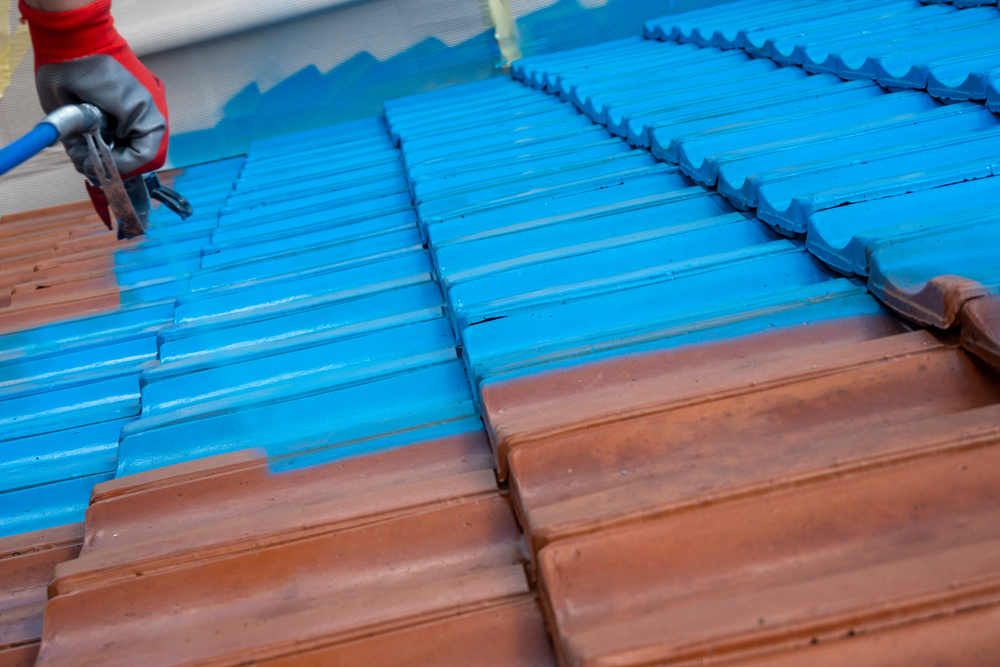
.jpg)
